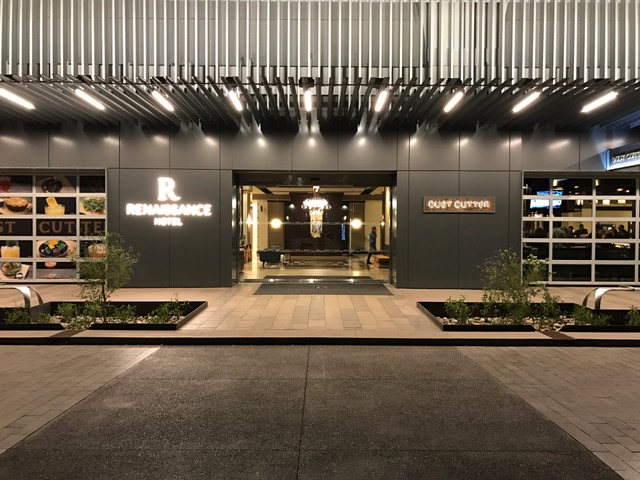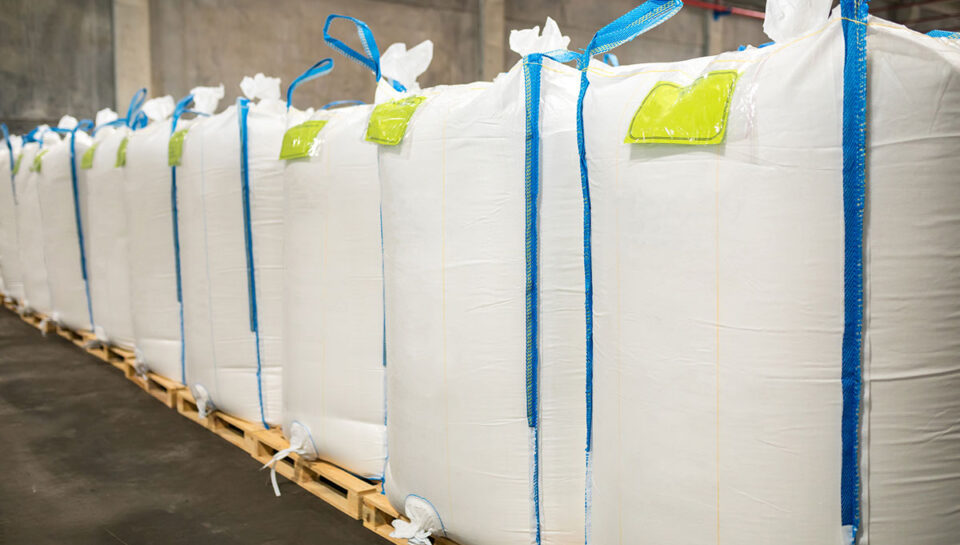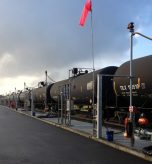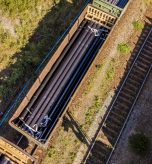Assessment & Optimization Case Study
Introduction
A specialty chemical manufacturer needed to transform its bulk material supply chain operations between production facilities and customer sites. The existing process relied heavily on manual handling of materials in super sacks, creating inefficiencies and potential safety concerns. With production centered in the upper Midwest and consumption points across the Southeast, the company sought to evaluate alternative transportation and handling methods that could reduce costs while improving safety and reliability. PraxiChain was engaged to assess current operations and design an optimized bulk materials supply chain that would support long-term growth while addressing immediate operational challenges.At A Glance
PraxiChain conducted a comprehensive assessment of the client’s specialized chemical handling and transportation requirements across multiple facilities, analyzing existing processes, safety protocols, and logistics costs to develop an optimized supply chain design.
Key Requirements:
- Design and implement a new bulk materials handling system that reduces manual intervention while maintaining product integrity and safety standards
- Create an integrated transportation solution leveraging rail and truck options to optimize cost and service performance between production and consumption points
- Develop facility-specific implementation plans considering material flow, equipment specifications, and operational constraints at each location
The Challenge
The client faced multiple operational and strategic challenges in their chemical supply chain. Their primary production facility in the upper Midwest supplied two processing plants in the Southeast using a labor-intensive materials handling system. The current process required multiple handling points for their specialized chemical product, increasing both cost and safety risks. Each touchpoint created potential exposure concerns and required careful management of material packaging and handling equipment.
Transportation costs were elevated due to suboptimal freight modes and routing. The distance between production and consumption points meant significant freight expense, while packaging requirements limited shipping efficiency. Additionally, the lack of bulk handling capabilities at both origin and destination facilities restricted modal options and required extensive manual labor for loading and unloading operations.
Site-specific infrastructure constraints further complicated the transformation. Each facility had unique layout considerations, existing equipment configurations, and operational requirements that needed to be addressed in the solution design.
PraxiChain Solution
- Conducted detailed mapping of material flows and handling processes at all facilities to identify improvement opportunities
- Developed multiple supply chain scenarios ranging from basic process improvements to complete system redesign
• Created comprehensive evaluation matrix comparing scenarios across cost, operational complexity, and implementation requirements - Designed bulk handling systems tailored to each facility’s specific needs and constraints
- Analyzed rail and truck transportation options including detailed assessment of terminals and routes
- Established detailed specifications for handling equipment, containment systems, and safety controls
- Provided implementation roadmap with phased approach to minimize operational disruption
Results
The implementation of PraxiChain’s solution delivered significant operational and financial improvements. The new bulk handling system reduced manual handling touchpoints by 65%, decreasing both labor requirements and potential safety risks. Material losses during transfer operations were eliminated through the implementation of enclosed handling systems.
Transportation costs were reduced by 25% through optimization of modes and routes. The ability to utilize bulk shipping options improved vehicle utilization and reduced the number of shipments required. Implementation of strategic transload locations provided modal flexibility while maintaining service requirements.
The phased implementation approach allowed the client to maintain service levels during the transition while managing capital investment requirements. Each facility underwent a carefully sequenced upgrade process that minimized operational disruption. The new system provides a scalable platform to support future growth while meeting all safety and regulatory requirements. Employee feedback has been overwhelmingly positive, with operators reporting significantly improved working conditions and reduced physical strain.















